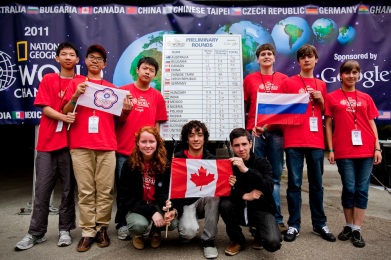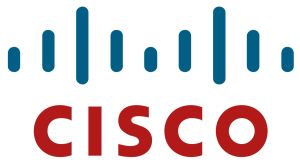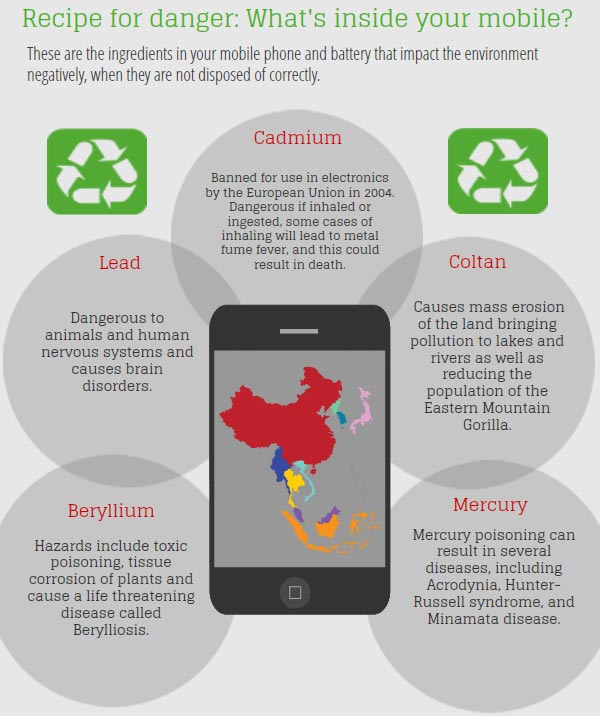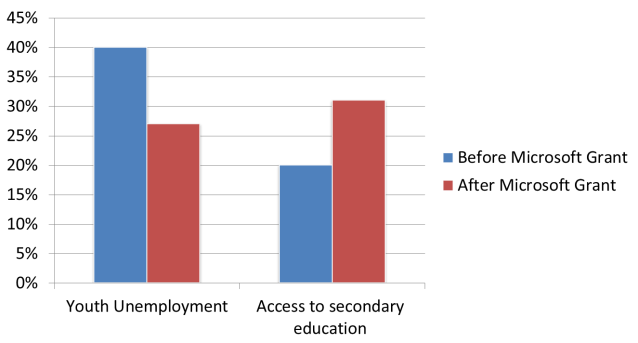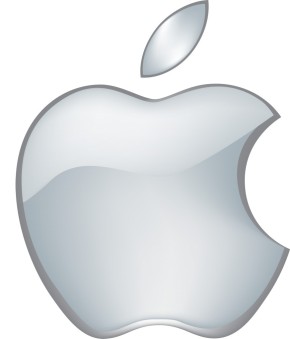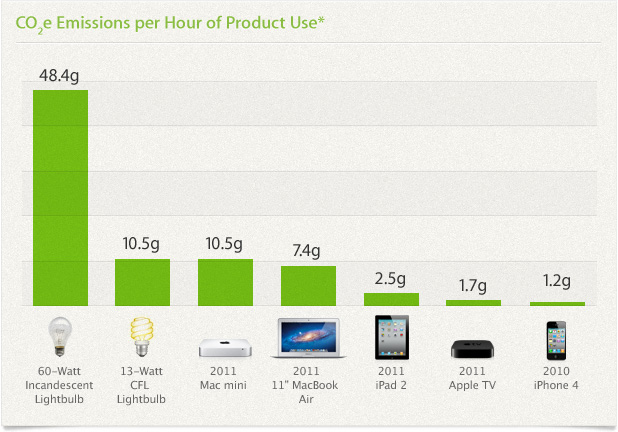Companies in this day and age take more than just profits to run. Now business is a forever-evolving landscape to which all firms need to adapt to, in order to survive and 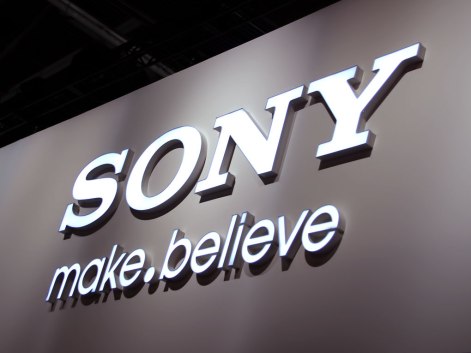 thrive. Today I will be looking at Sony and how they are a shining example of Corporate Social Responsibility within the tech industry. Sony has broken down the CSR into multiple categories, and those being: product responsibility, responsible sourcing, and human resources.
thrive. Today I will be looking at Sony and how they are a shining example of Corporate Social Responsibility within the tech industry. Sony has broken down the CSR into multiple categories, and those being: product responsibility, responsible sourcing, and human resources.
In product responsibility, Sony has a “Sony Pledge of Quality.” Within this pledge they have set forth a “commitment to ‘respect our customers’ viewpoints in striving to deliver product quality and customer service that exceed their expectations.'” (read more about their Sony Pledge of Quality) Sony makes an active effort to control the quality of all their 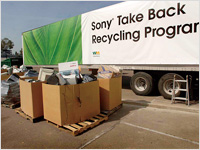 products so their consumers will buy their products because they trust Sony, and in turn the shareholders are happy because the company is showing success and they make more money. Also their suppliers are positively effected by this because Sony is willing to go out of their way to have a better product. To accompany their continuing efforts to improve product quality, Sony is striving to improve how responsive it is when it comes to their customer service capabilities. You can personally see this as a consumer when you attempt to contact them personally here. Sony also makes an effort to make sure they source their products responsibly.
products so their consumers will buy their products because they trust Sony, and in turn the shareholders are happy because the company is showing success and they make more money. Also their suppliers are positively effected by this because Sony is willing to go out of their way to have a better product. To accompany their continuing efforts to improve product quality, Sony is striving to improve how responsive it is when it comes to their customer service capabilities. You can personally see this as a consumer when you attempt to contact them personally here. Sony also makes an effort to make sure they source their products responsibly.
When it comes to Supply Chain Management, Sony approaches it from two perspectives. In the words of Sony, “One relates to materials procurement procedures and involves creating and maintaining sound business partnerships with suppliers, regarded as Sony’s 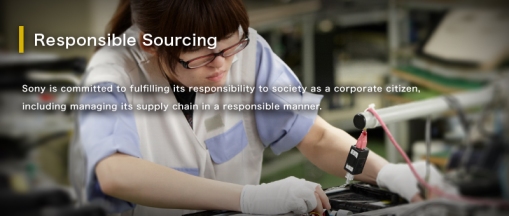 stakeholders, in line not only with relevant laws and regulations but also with internal policies. The other relates to production processes and involves providing the necessary support to realize CSR from such standpoints as the environment, human rights and labor conditions.” (read more here) Besides the raw material needed for their products, Sony also addresses the issues related to the environment, labor, and human rights. Since this is such an expansive topic that Sony, as a firm, has a lot to say about I will link this here, and if you want to find out more feel free to read it there. When you read around the report they put out for their firm, it is quite detailed and mostly detailed around the procurement of raw materials and how important it is that they are not from conflict zones (where Apple fell by the wayside when reporting last weeks post).
stakeholders, in line not only with relevant laws and regulations but also with internal policies. The other relates to production processes and involves providing the necessary support to realize CSR from such standpoints as the environment, human rights and labor conditions.” (read more here) Besides the raw material needed for their products, Sony also addresses the issues related to the environment, labor, and human rights. Since this is such an expansive topic that Sony, as a firm, has a lot to say about I will link this here, and if you want to find out more feel free to read it there. When you read around the report they put out for their firm, it is quite detailed and mostly detailed around the procurement of raw materials and how important it is that they are not from conflict zones (where Apple fell by the wayside when reporting last weeks post).
When it comes to Sony’s employees they make strides to make sure they provide a corporate environment that all would like to work. Most importantly they begin the discussion with “diversity.” Here is what Sony has to say about that,
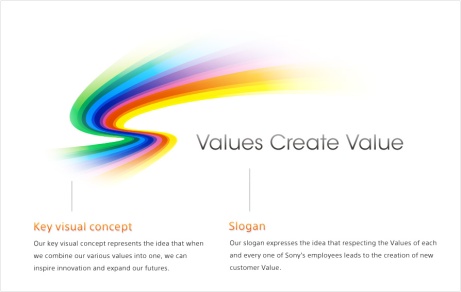 “Diversity refers to a variety of characteristics that encompass race, ethnicity, nationality, religion, beliefs, disabilities, gender, age, birthplace, sexual orientation, viewpoints and work style, and activities that foster an inclusive workplace. Sony promotes diversity across the Sony Group as a key management strategy by ensuring an inclusive work environment and by recruiting, hiring, training and promoting employees from diverse backgrounds.” (find out more here) Not only that but Sony allows for room to grow and hire within their firm by allowing for training and development of their own employees.
“Diversity refers to a variety of characteristics that encompass race, ethnicity, nationality, religion, beliefs, disabilities, gender, age, birthplace, sexual orientation, viewpoints and work style, and activities that foster an inclusive workplace. Sony promotes diversity across the Sony Group as a key management strategy by ensuring an inclusive work environment and by recruiting, hiring, training and promoting employees from diverse backgrounds.” (find out more here) Not only that but Sony allows for room to grow and hire within their firm by allowing for training and development of their own employees.
Sony has made great efforts to make sure that profits are not their only factor when it comes to making a decision. Hopefully this post has shed some more light on the corporation.
Stay tuned to hear more about the tech industry with Technological Responsibilities.


